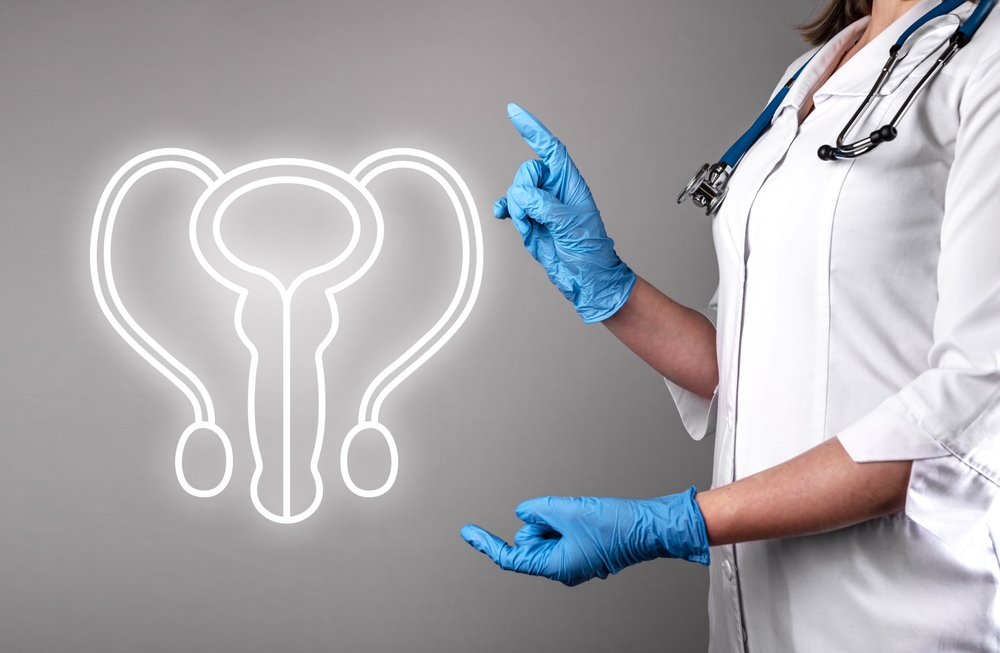
This procedure is usually performed unilaterally and is applied to treat male infertility, relieve testicular pain, and improve testicular function. Varicocelectomy is an effective treatment method performed using minimally invasive surgical techniques.
Varicocelectomy is the surgical removal of enlarged veins (varicocele) around the testicles. Varicocele is a condition where enlarged veins in the scrotum cause blood to pool in the testicles, leading to impaired testicular function. Varicocelectomy is usually performed to treat male infertility, alleviate testicular pain, and improve testicular function.
The primary goal of this procedure is to eliminate the problems caused by varicocele and improve testicular function. Varicocelectomy restores normal blood flow in the testicles, enhancing sperm production and quality. Additionally, it relieves testicular pain and improves overall testicular health. Varicocelectomy is an effective method for treating male infertility and yields successful results.
Varicocelectomy is typically performed under general or local anaesthesia. During the procedure, the surgeon makes a small incision in the scrotum or groin area to locate the varicocele veins. These veins are then cut, tied, or removed. Varicocelectomy is usually performed using minimally invasive techniques such as laparoscopy or microscopic surgery.
The procedure generally takes 1-2 hours, and patients are usually discharged the same day or the following day. After varicocelectomy, patients may experience mild pain, swelling, and bruising, which typically resolve within a few days. It is important to adhere to hygiene rules and follow the postoperative care instructions provided by the surgeon during the recovery period.
Bilateral varicocelectomy involves the surgical removal of enlarged veins (varicocele) around both testicles. This procedure is usually performed under general anaesthesia. The surgeon first makes small incisions in the groin area and locates the varicocele veins. These veins are then cut, tied, or removed. The procedure is performed separately for the varicoceles around both the left and right testicles. Minimally invasive techniques, such as laparoscopy or microscopic surgery, can be used to facilitate faster recovery and reduce the risk of complications.
The procedure typically takes 1-2 hours, and patients are usually discharged the same day or the following day. After surgery, patients may experience mild pain, swelling, and bruising, which generally resolve within a few days. It is important to adhere to hygiene rules, avoid heavy physical activities, and follow the postoperative care instructions provided by the doctor during the recovery period. Additionally, regular doctor check-ups are essential to monitor wound healing and potential complications.
One of the main advantages of varicocelectomy is its effective elimination of problems caused by varicocele. This procedure restores normal blood flow in the testicles, enhancing sperm production and quality. Additionally, varicocelectomy relieves testicular pain and improves overall testicular health. It is an important advantage in treating male infertility and yields successful results.
However, varicocelectomy also carries some risks and complications. Postoperative complications may include infection, bleeding, and wound healing issues. Additionally, although rare, surgical errors may cause damage to the testicular tissue. The benefits and risks of varicocelectomy should be thoroughly discussed with a doctor before the procedure, allowing patients to make an informed decision.
After varicocelectomy, it is important for patients to carefully monitor their symptoms and follow their doctor's instructions. Mild pain, swelling, and bruising are normal after the procedure but typically resolve within a few days. Patients should adhere to hygiene rules and keep the wound area clean and dry.
Additionally, taking prescribed pain relievers and antibiotics regularly reduces the risk of infection and speeds up the recovery process. Regular doctor check-ups after varicocelectomy are crucial to assess wound healing and monitor for potential complications. Careful attention during this period helps ensure a healthy recovery and long-term health benefits from the varicocelectomy. For more detailed information, you can contact EMPCLINICS.
You should follow your doctor's instructions before the surgery. Usually, blood tests, urine tests, and a physical examination are conducted. You may need to avoid eating and drinking water from midnight before the surgery.
Varicocelectomy can improve sperm quality and count, potentially resolving infertility issues. However, results vary among patients, and improvements in sperm parameters may take several months.
Varicocelectomy is performed under anaesthesia, so no pain is felt during the procedure. Mild pain and discomfort may occur after the procedure, but this can be managed with pain relievers.